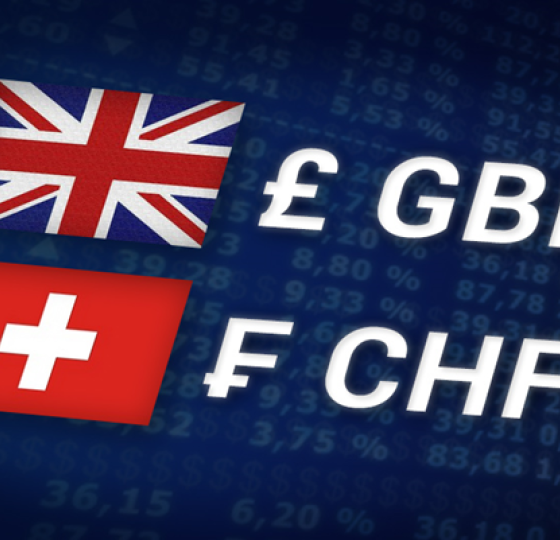
Source: PaxForex Premium Analytics Portal, Fundamental Insight
Twitter released its fourth-quarter earnings report on Feb. 10. The social media company's revenues rose 22% year-over-year to $1.57 billion, which was in line with analysts' expectations. However, adjusted net earnings fell 9% to $284 million, or $0.33 per share, below forecasts by $0.01 per share.
Twitter's stock price neither rose nor fell after the report, but it has lost about 45% of its value in the past six months. Should investors consider investing in Twitter as the market seems to be avoiding it?
Twitter's monetizable daily active users (mDAUs) grew 13% year over year to 217 million in the fourth quarter. Year-over-year mDAU growth has slowed since 2020, but consistent growth remains fairly steady.
Twitter's international mDAUs grew 15% year over year and 3% sequentially to 179 million, but U.S. mDAUs grew only 3% year over year and remained unchanged sequentially to 38 million. This imbalance is somewhat troubling since Twitter got 56% of its more valuable users in the U.S. in the fourth quarter.
On the other hand, the company's U.S. revenue still grew 21% year-over-year -- which is nearly flat with 23% growth in international revenue -- thanks to an increase in advertising revenue per daily active user.
Twitter also reiterated its long-term goal of reaching 315 million mDAUs by the end of fiscal 2023 and generating at least $7.5 billion in annual revenue that year, up from $5.1 billion in fiscal 2021.
The company expects its revenues to grow at a "low to mid 20%" rate in 2022 (not including the recent sale of MoPub to AppLovin), and its long-term forecast assumes a similar rate of revenue growth in 2023.
Twitter's total advertising revenue, which accounts for 90% of the top line, grew 22% year over year. As in the previous quarter, the company was not meaningfully impacted by Apple's iOS privacy changes, which recently led Meta Platforms to publish a soft forecast for the first quarter of 2022.
Twitter's total number of ad connections did decline by 12%, but that decline was offset by a 39% increase in cost per connection (CPE). This shift is not surprising, since Twitter had previously said it would focus on more expensive "bottom-funnel" ads, which directly target potential customers, instead of cheaper "top-funnel" ads, which promote widespread brand awareness. This shift was expected to lead to a decrease in the total number of ad connections while increasing CPE.
We can easily see the effects of this shift over the past year, but Twitter should still be mindful of shifting too quickly to lower-funnel ads:
In 2021, Twitter's adjusted earnings before interest, taxes, depreciation, and amortization (EBITDA) fell 32 percent to $682 million as its total number of employees increased by about 30 percent. In 2022, the company plans to increase its headcount by another 20%, with a focus on R&D.
Analysts expect Twitter's adjusted EBITDA to more than double in 2022 thanks to the MoPub sale, but they also expect the company to remain loss-making under generally accepted accounting principles (GAAP). These problems could make Twitter a risky asset as interest rates rise.
Twitter believes that investing in R&D will help it reach its growth targets by 2023. But many of Twitter's recent product launches, including short-lived "Fleets," "topics" for tweets, a new tip feature, and a "Twitter Blue" subscription, probably have yet to justify the spending.
Parag Agrawal, who succeeded Jack Dorsey as Twitter CEO last November, may still have a lot of tricks up his sleeve, but the company's disparate strategies just haven't hit any targets yet.
Twitter has also approved a new $4 billion stock buyback plan, which will replace the existing $2 billion stock buyback plan starting in 2020. This cash allocation is disappointing because it only compensates for dilution from stock-based compensation (12% of earnings in 2021) rather than reducing the number of shares outstanding.
In fact, Twitter's 2021 weighted average share count will actually increase by 1% as the company repurchases $931 million worth of shares. Meanwhile, the company's stock price is down 20% in 2021 and has fallen another 17% this year.
Twitter is still gaining users, and its move to higher-priced ads is a smart move. But its spending habits are worrisome, the stock buyback is wasteful, and its 2023 growth targets still seem too ambitious. The stock is also not a bargain with a 29-fold profit forecast and a five-fold sales forecast this year.
Simply put, there's no good reason to buy Twitter in this difficult market for tech stocks. For now, investors should focus on more promising growth stocks rather than this lackluster social media company.
Provided that the company is traded above 33.00 , follow the recommendations below:
- Time frame: D1
- Recommendation: long position
- Entry point: 35.90
- Take Profit 1: 42.00
- Take Profit 2: 45.00
Alternative scenario:
In case of breakdown of the level 33.00, follow the recommendations below:
- Time frame: D1
- Recommendation: short position
- Entry point: 33.00
- Take Profit 1: 30.00
- Take Profit 2: 28.00













